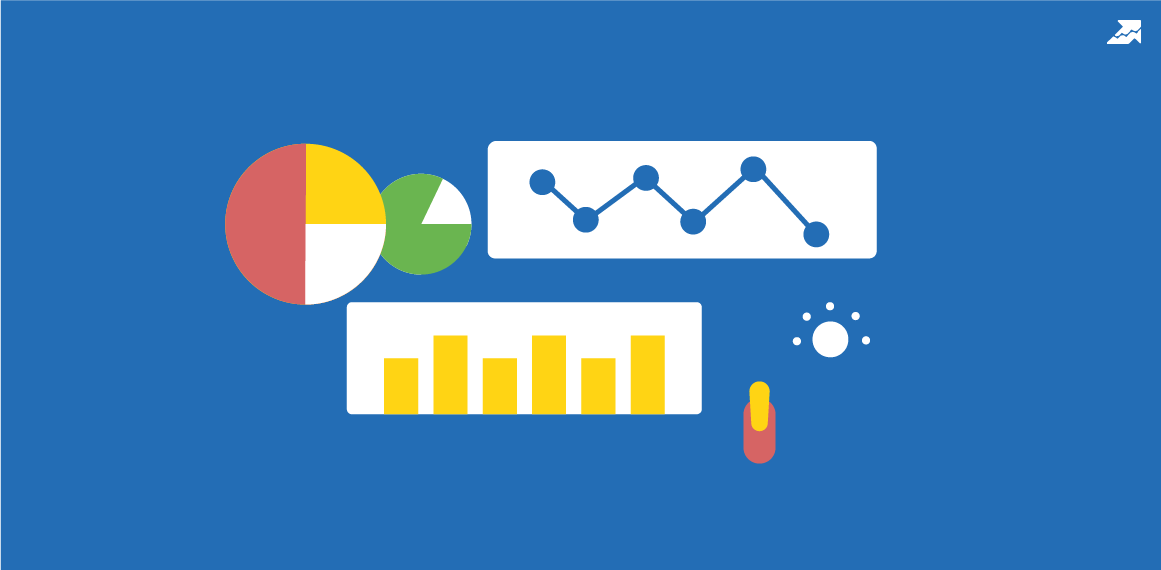 Why a large number of pages in the index is not always good
Why a large number of pages in the index is not always good
The opinion "the more indexed pages, the better" fundamentally wrong.
 What is a site mirror and how to set it up correctly
What is a site mirror and how to set it up correctly
What is mirror site and how its use in optimization sites.
 Rules for composing title and alt pictures
Rules for composing title and alt pictures
About the title attribute and alt attributes. CityHost offers to learn how to optimize the image of the site.
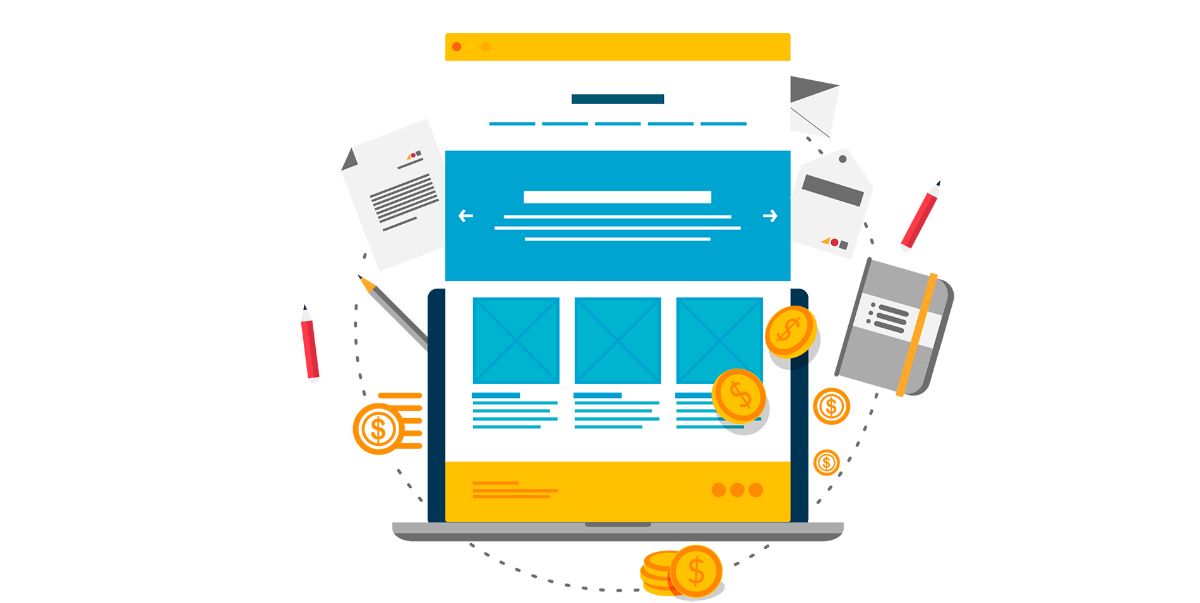 The influence of the level of attachment on promotion
The influence of the level of attachment on promotion
What should be the nesting level of the page and what it is.
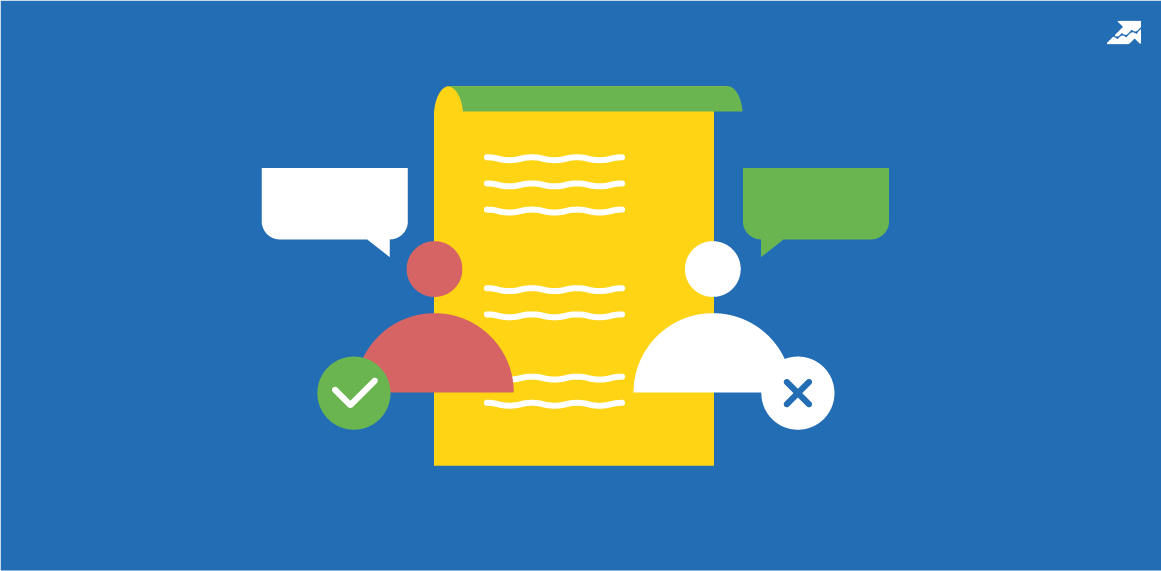 Principles of weight distribution of site pages
Principles of weight distribution of site pages
Internal linking of the site is one of the important aspects for the successful promotion of the project.
 How to move the site to https without losing traffic
How to move the site to https without losing traffic
How to transfer a site from http to https quickly, simply, without losing traffic.
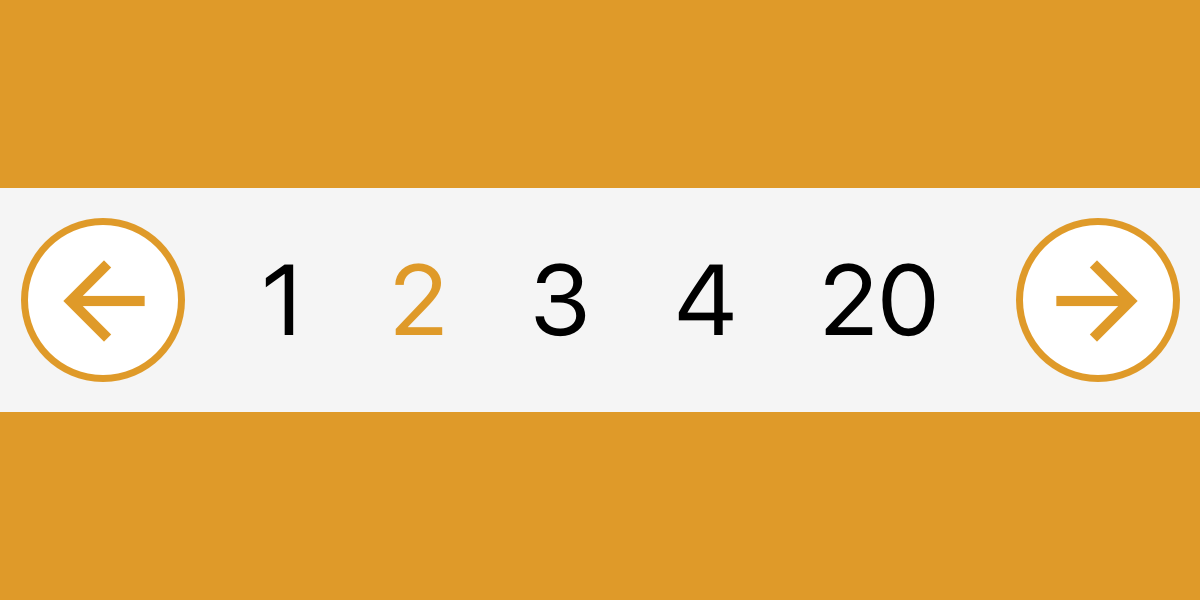 What is site pagination and how to set it up
What is site pagination and how to set it up
Competent pagination of the site and what is pagination in general.
 Site micromarks
Site micromarks
Micro markup of the site — is additional page syntax that helps web crawlers better identify their content.
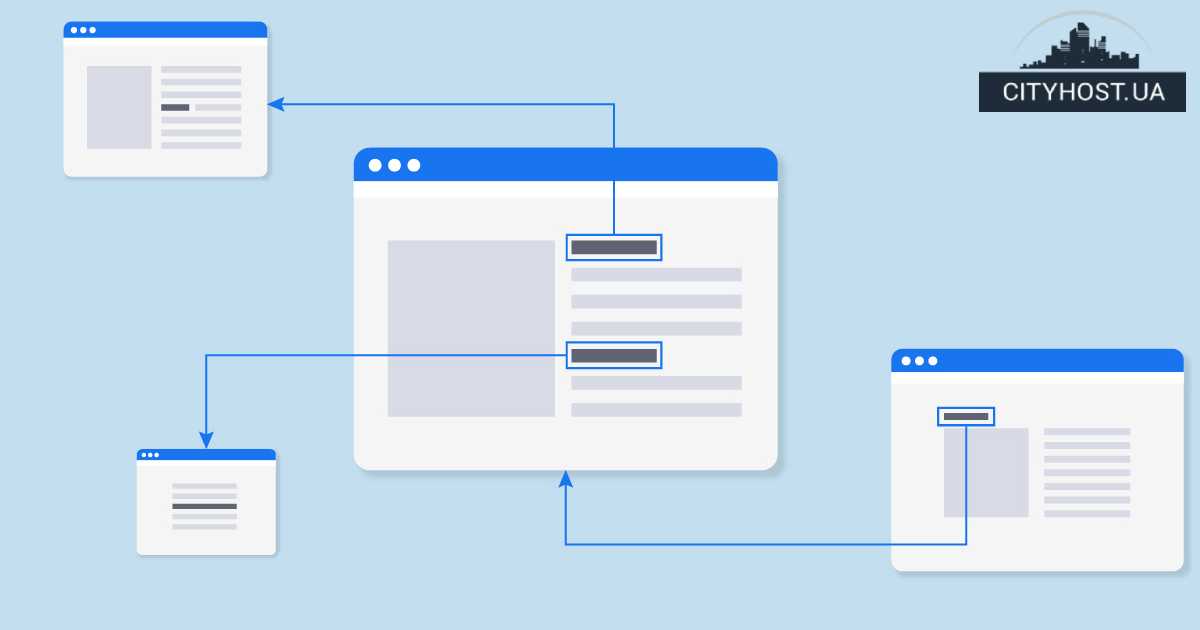 We configure the site map of the site images
We configure the site map of the site images
One of the most important elements of a website is its sitemap. Often two – for pages and for pictures.
 Features of optimization of a multilingual site
Features of optimization of a multilingual site
Optimization of a multilingual site. What problems and features are encountered when optimizing a multilingual site.
Internal site optimization is one of the key stages of project advancement. Directed to work with the project itself: starting from the structure and ending with the content.
Internal optimization is primarily performed for users who will visit the site. The profit of the company directly depends on how well they understand the structure of the web resource, how easily they will be able to find the necessary sections and place an order. After all, if search engines see that people like the online store, and they spend a lot of time on it, then they increase their position in the search results.
If users log in and quickly log out, it means that the site's usability leaves much to be desired. Such a project requires refinement, and therefore does not deserve a place in the TOP-10.
Internal optimization includes work on:
Now you know what internal optimization is and what it gives. Even the 6 points listed above are enough to get into the TOP search engines. But they are actually much more. You will have to work with it constantly, since the internal optimization of the site never ends. You can always improve something. What exactly - read in the blog of the CityHost company.